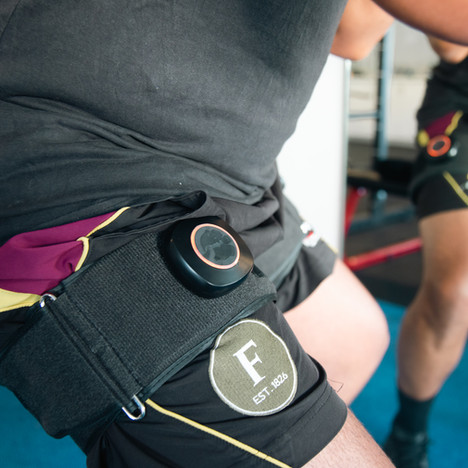ACL Prehab
ACL rehab is a long and arduous process that can be tremendously improved by the implementation of a strong prehabilitation program. It may be argued that prehabilitation is more important than the following rehab, as a comprehensive prehab program may result in an athlete to be a ‘coper’ and be eligible for long term non-operative management.
Prehabilitation traditionally involves the period of days, up to several months prior to an elected ACL reconstruction surgery, in which the athlete aims to restore as much function as possible. The idea is to restore and build the general function of the knee and reduce the initial impact of the trauma, prior to inflicting a second (or more) trauma on the knee (being surgery). It involves much of the same principles as rehabilitation, but may allow an athlete to return to sport without the need for surgery in both the short and long term.
In the initial phase post injury, evidence supports that a graduated program or prehabilitation can help to both improve post-surgical function and the outcome if you choose to have surgery, and help to reduce the chance you may need surgery. It involves trying to settle any range of motion deficits and swelling that may present following the injury, as well allow for initial healing of any other concomitant injuries. Thereafter, a graded program involving hypertrophy, strengthening, proprioception, and plyometric exposure may begin depending on tolerance to these activities.
In the initial days and weeks following injury, no further episodes of giving way, minimal swelling, presence of strong lower limb muscles compared to the uninjured side, and good repeated hop ability are all positive indicators for a good non-surgical outcome.
A ‘coper’ is classified as an athlete who may be able to function in their desired activity without the presence of an ACL. Potential ‘copers’ were classified as individuals who met all of the following criteria at the screening examination: (1) hop test index of 80% or more for the timed 6-meter hop test, (2) Knee Outcome Survey activities of daily living scale score of 80% or greater, (3) global rating of knee function of 60 or greater, and (4) no more than 1 episode of giving-way since the injury.
Even in the presence of repeated episodes of instability, prehab is critically important to ensure the knee is as strong and stable as possible pre-surgery to minimise the impact of post-surgical atrophy. It practically means the knee is stronger than it would be without any prehabilitation, you are further along in your rehab initially, and helps to reduce the initial impact on function post-surgery.
There are numerous examples of elite athletes competing in multidirectional sport without an ACL. It is worth discussing with us whether this may be a suitable option or not for you
Reach out to us via the contact page if you are based in Sydney and want to know if this route is the right fit for you

